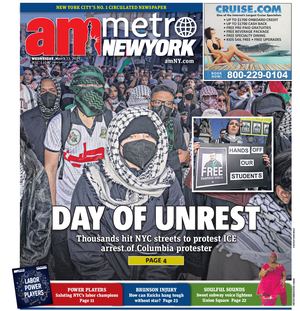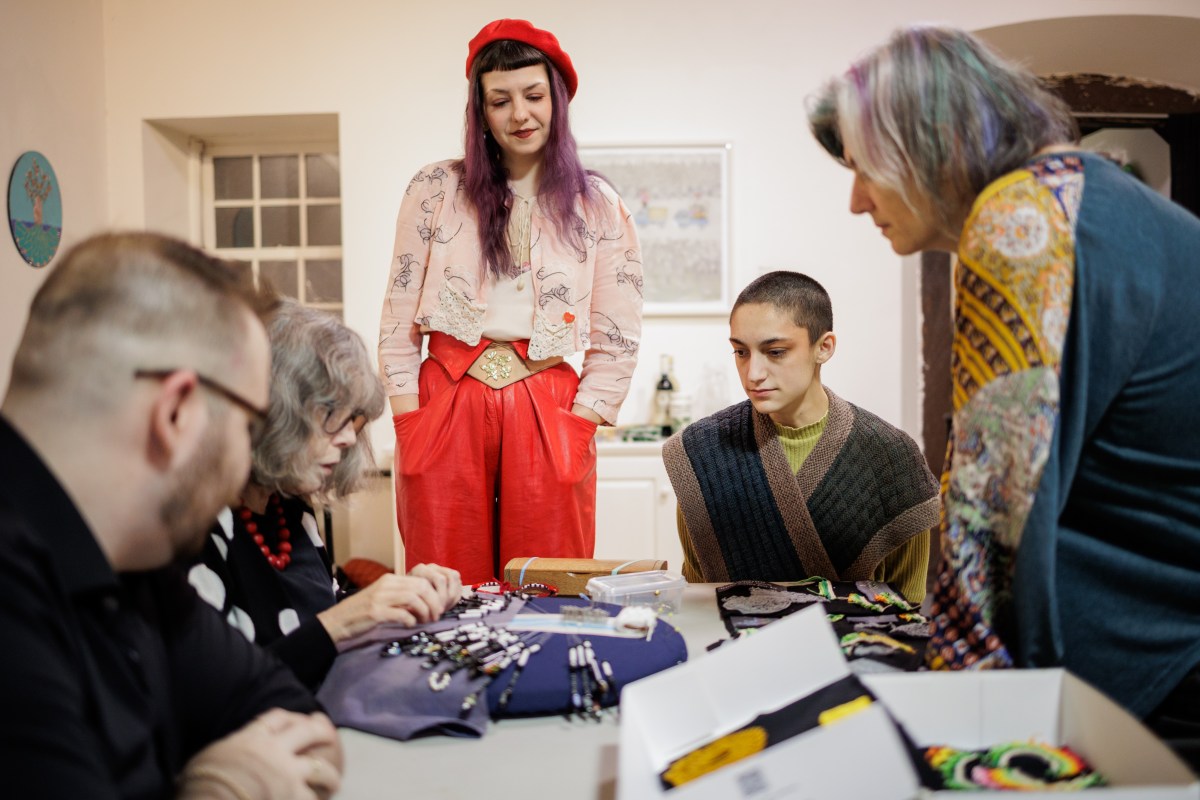Your favorite jeans may be ripped and worn but they still don’t deserve to be trashed.
New York City’s municipal garbage is filled with an astounding amount of clothing that could be donated or recycled.
In fact, the city’s Sanitation Department estimates that in 2017, the average household ditched about 125.2 pounds of textiles — which includes towels, blankets, shoes and handbags — up from 110.3 in 2005.
That adds up to about 200,000 tons a year or 6.3 percent of the annual household trash collected in the city.
Those statistics outline a serious problem, according to New York City Sanitation Commissioner Kathryn Garcia. She said that while New Yorkers are generating less trash in general, they are still throwing out lots of clothing.
That means more clothing is filling trash trucks and landfills around the country.
“We are trying to think about what we can do to drive those numbers in the other direction,” Garcia told amNewYork. “There are a lot of textile donation opportunities, but it doesn’t seem to be resonating.”
It’s not for a lack of trying. The Department of Sanitation provides a number of resources and programs, such as offering free refashionNYC collection bins to apartment buildings with 10 or more units. The items are taken to Housing Works, a nonprofit, which sells or recycles them.
People can also drop off clothing, shoes, bags and other textiles at many greenmarkets operated by GrowNYC, a nonprofit that runs environmental programs across the city with funding from several sources including the Department of Sanitation.
Since 2007, GrowNYC has taken in about 5 million pounds of clothing.
“There is tremendous interest,” said Christina Salvi, assistant director of zero waste programs at GrowNYC. “We hear from people all the time who didn’t know about this resource.”
GrowNYC works with Wearable Collections, a city-based firm that sorts the bags of clothing. Any items that cannot be sold in secondhand markets will be recycled into rags or possibly used for insulation.
“People can clean out their whole closet and give us all the things they don’t want,” Salvi said.
New Yorkers are required to recycle different kinds of paper, cardboard, plastic, glass and aluminum instead of tossing them in the trash.
And sanitation officials said the amount of trash New Yorkers are generating at home annually has decreased to 1,990 pounds in 2017 from 2,280 pounds in 2005.
Garcia said the availability of cheap, disposable fast fashion in recent years has likely added to the large number of textiles in household trash.
“There was a time in the past, for those of who are old enough to remember, where things were more expensive,” she said. “When the knees gave out (on jeans) you got patches.”
Materials in many products, including fashion, are no longer designed to be repaired, Garcia said.
“As much as the fast fashion world is making it easier to buy, we are trying to make it easier to recycle,” she said.
A renewed interest in secondhand stores, such as Buffalo Exchange, which has five locations in the city, and websites like thredUP also provide new outlets for old clothing and maybe some extra cash for the owner.
“The everyday shopper is becoming more and more aware of the impact fashion can have on the environment,” said Stephanie Lew, marketing director for Buffalo Exchange. “In response, more people are looking to resale clothing stores as a budget friendly way to add to their wardrobe and a way to give their own clothing a second life.”
The popular thredUP makes it easy for people to sell their clothes, shoes and other textiles by offering free “clean out kits” consisting of a bag and return shipping label. Shoppers looking for bargains can also get specially curated lists and even search by designer on the website.
Erin Wallace, brand director for thredUP, said a recent study commissioned by the company showed 71 percent of resale shoppers plan to spend more on secondhand in the next five years.
“Secondhand is going mainstream,” Wallace said.


































